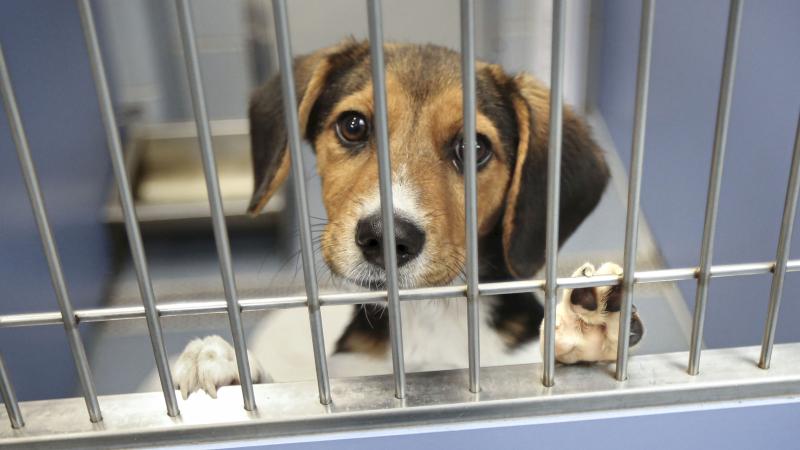Children's safety advocates fear lockdowns, distancing sent child abuse rates skyrocketing
Reports are down, but crisis hotlines are reportedly seeing huge surges: "It's a scary time," said one children's safety advocate.
Reports of surging child abuse rates over the past year have triggered alarm among child safety advocates who fear the crisis was precipitated by COVID-19 mitigation policies like lockdowns and school closures.
With millions of children confined to their homes and relatively isolated from the outside world due to distancing policies, the shutdowns, the advocates warn, could be contributing to the surge while at the same time concealing its true extent.
Amanda Jarrett, a spokeswoman for the National Children's Advocacy Center, said the distance between teachers and students may have removed critical reporting and accountability links used to protect at-risk children.
"I can tell you that in April we saw a 50% decrease in child abuse reports," Jarrett said. "However, that did not mean the abuse wasn't happening. Since schools were closed and children did not have access to mandatory reporters (teachers, counselors, etc), there was nobody to intervene in some cases."
Daphne Young, a spokeswoman for the nonprofit group Childhelp, also argued that a decline in abuse reports "doesn't mean incidents of child maltreatment have in any way gone down."
"What we know from experience is that compound traumas can exacerbate a situation," she said, "and we are in the midst of a global pandemic with dark economic realities, food insecurity and less oversight for children in harm's way."
"Some predators who were once watched in offices or potentially regulated by daily chores have many solitary hours to fantasize, act out, troll online for victims, and groom those who are vulnerable," Young continued. "They are taking advantage of unsupervised youth whose families might be essential workers and the amount of time kids may be in front of computers for online learning. It's a scary time."
Childhelp's national abuse hotline "has seen a double digit increase in calls since the pandemic began (peaking at 43%)," according to Young.
"The severity of these calls is shocking," she said. "Children trapped at home with abusers are having to advocate for themselves. ... The severity and extent of need is worse than it has ever been."
Some advocates have feared that, while total abuse numbers may be down, the severity of abuse may have increased. Reports from Oregon, Alaska, Alabama, Florida and elsewhere have all indicated regional surges in children suffering from critical abuse injuries.
Meanwhile, other child safety experts who spoke to Just the News caution that the problem of abuse during the pandemic has been overstated.
Michael Ramey, the executive director of the Parental Rights Foundation, argues that the issue at present may be little more than media sensationalism.
"What we are seeing are a lot of articles ... speculating that abuse is on the rise," he said. "And what we are not seeing is any hard factual evidence to back up that speculation."
"The numbers we have seen show that reports are way down, while incidents are about level," he added, "which suggests that what has been eliminated are a lot of fruitless reports and investigations."
Ramey pointed to recent remarks made by federal health officials arguing that there has been no solid evidence to substantiate claims of a child abuse surge since the pandemic began. "We can't just assume because parents have to spend 24/7 with their kids, that there's going to be more abuse," Department of Health and Human Services Assistant Secretary Lynn Johnson told the Associated Press.
Marrianne McMullen, a spokeswoman for the Chapin Hall Center for Children at the University of Chicago, echoed Ramey's assessment that "fruitless" reports may have fallen by the wayside during the pandemic.
Citing research by Chapin Hall, McMullenn said, "It's important to look … at where reports of child maltreatment have fallen the most — those submitted by educators, a group that also has the highest level of unsubstantiated reports."
Though many schools have resumed in-person education since last March, millions of American students are still limited to reduced in-person instruction or else 100% virtual learning, with teachers' unions and administrators around the country butting heads with parents and policymakers on when to return to the classroom.
The future of face-to-face education in the U.S. — and thus the true extent of child abuse nationwide— may not be known for some time. Noting that authorities may not know the toll shutdowns have exacted on abused children until after COVID-19 recedes, Childhelp's Young warned that the results may be horrific.
"We are worried that after this pandemic, we will be opening a Pandora's Box of child abuse," she said. "And our country needs to be ready."
















